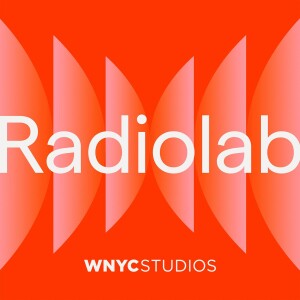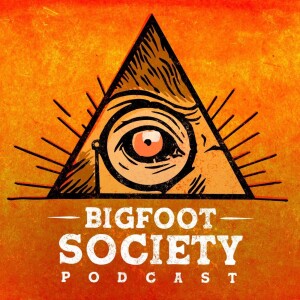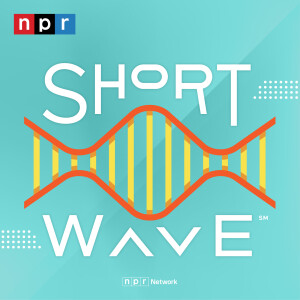

Using the JWST to peer into the Cosmic dawn of the universe. The JWST enables researchers to peer into the earliest galaxies in our universe. 250 Million years is not a long time when it comes to a star or galaxy. With JWST researchers can see galaxies formed 250 million years after the Big Bang. To peer into the earliest universe you must use infrared to capture the faintest light. Using new instruments on the JWST researchers are able to see galaxies from 13.25 billion years ago. JWST also lets researchers investigate...
Using the JWST to peer into the Cosmic dawn of the universe. The JWST enables researchers to peer into the earliest galaxies in our universe. 250 Million years is not a long time when it comes to a star or galaxy. With JWST researchers can see galaxies formed 250 million years after the Big Bang. To peer into the earliest universe you must use infrared to capture the faintest light. Using new instruments on the JWST researchers are able to see galaxies from 13.25 billion years ago. JWST also lets researchers investigate strange new types of spiral galaxies from the Cosmic Noon.
- Yoshinobu Fudamoto, Akio K. Inoue, Yuma Sugahara. Red Spiral Galaxies at Cosmic Noon Unveiled in the First JWST Image. The Astrophysical Journal Letters, 2022; 938 (2): L24 DOI: 10.3847/2041-8213/ac982b
- University of California - Santa Cruz. (2022, December 9). Astronomers report most distant known galaxies, detected and confirmed. ScienceDaily. Retrieved January 2, 2023 from www.sciencedaily.com/releases/2022/12/221209135542.htm
Comments (3)
More Episodes
All Episodes>>Create Your Podcast In Minutes
- Full-featured podcast site
- Unlimited storage and bandwidth
- Comprehensive podcast stats
- Distribute to Apple Podcasts, Spotify, and more
- Make money with your podcast
It is Free












